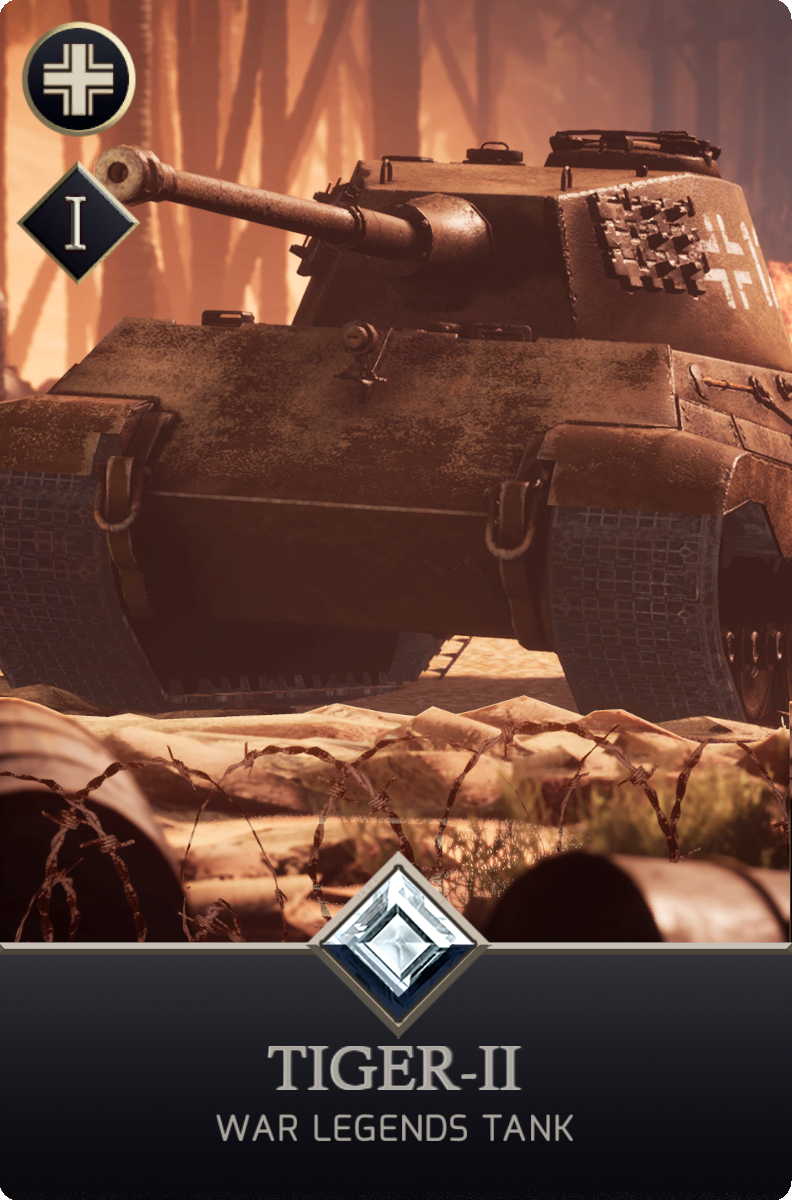


Tank Background
The Tiger II combined the thick armor of the Tiger I with the sloped armor used on the Panther medium tank. It was issued to the heavy tank battalions of the German Army and the Waffen-SS. It was designed by four well-known companies: Daimler-Benz, Henschel, MAN and Porsche.
The Tiger II's gun was capable of hitting a target at 1,000 meters with a single shot and destroying it, without it having been located beforehand. All this was thanks to the accuracy of the rifle scope and of course to the high qualification and training of the marksman, which at first was plentiful but later diminished until it turned out that the marksmen did their target practice just before entering the front line. A German marksman could be up to 85 per cent accurate at a target at 1,000 yards.
It has always been believed that the Tiger II was slow and clumsy in mobility. But the Tiger II was capable of overcoming obstacles and rolling fields perfectly for its colossal figure, equal to or better than many tanks of similar characteristics. Initial automotive problems that required numerous modifications were solved over time.
The main problem with mobility was that there were not enough experienced drivers, many of whom went out to practice in front-line areas. They were given minimal driving training, usually on another type of tank, only to be sent to the battlefield with little or no knowledge of the Tiger II.
The Tiger II had a crew of five men: driver, radio operator/machine gunner, commander, gunner and loader.
In a defensive position, the Tiger II was almost impossible to destroy. Offensively it was less successful as it was too exposed to air attack.
Its armor made it proof against other tanks from the front and infantry anti-tank weapons from all angles. There is no evidence or testimony that any Tiger II was ever hit in the front and had its armor penetrated by an enemy shell.








